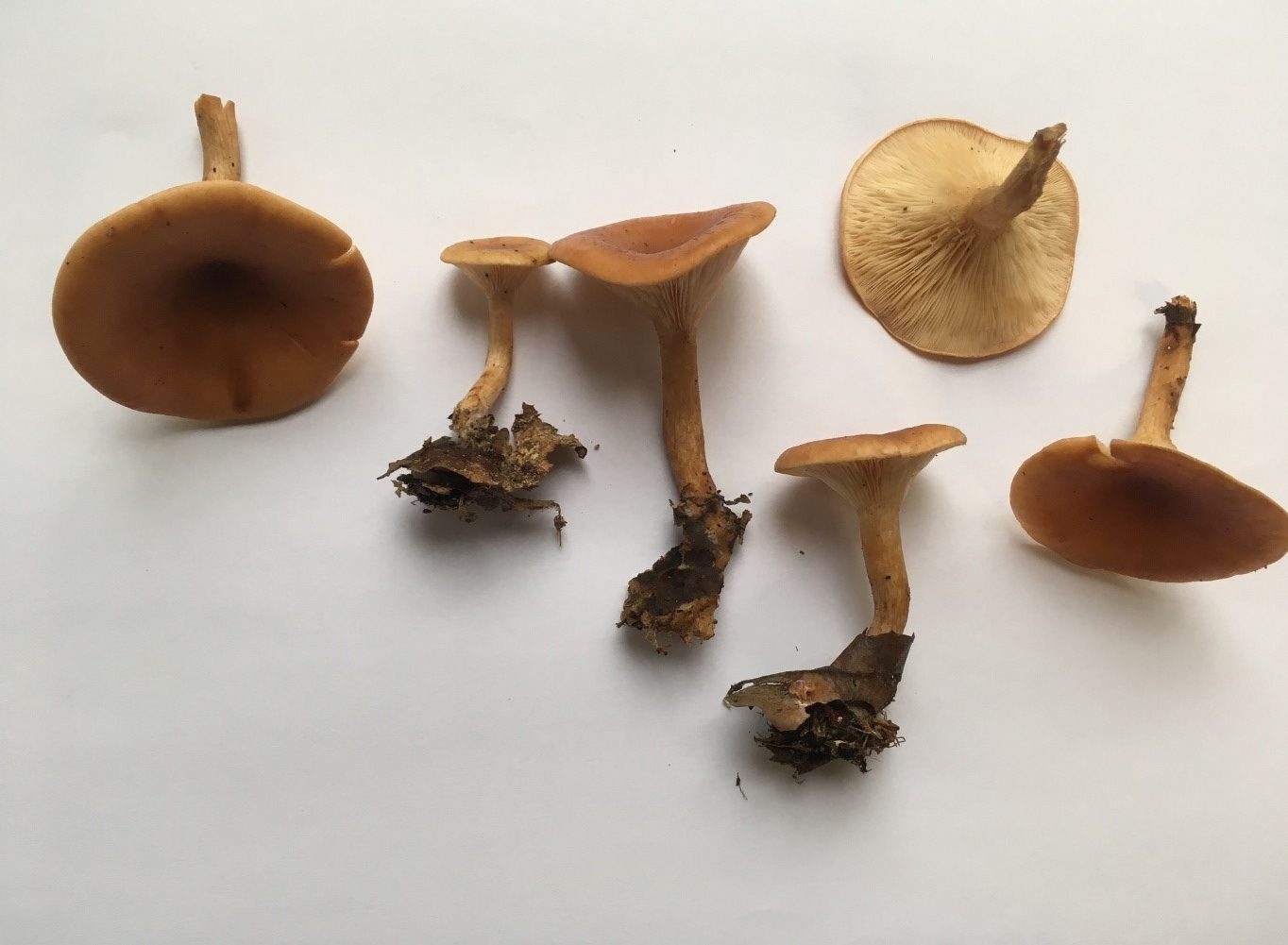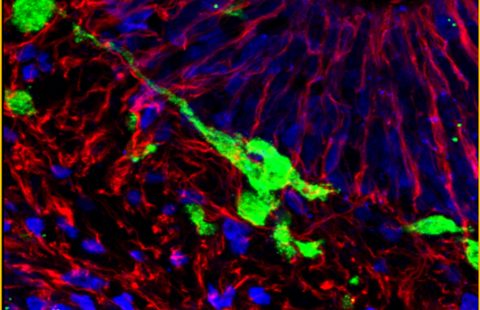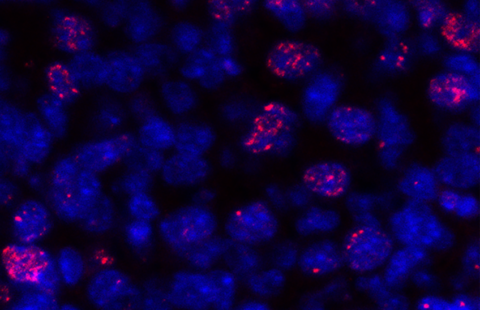
The Lepista inversa fungus has restorative properties to correct certain genetic mutations. © Christine Bailly
An ordinary edible mushroom could be a game-changer when it comes to the treatment of rare genetic diseases. These affect hundreds of millions of people worldwide who often find themselves powerless in the absence of effective therapy. A team led by Fabrice Lejeune, Inserm researcher at the CANcer Heterogeneity, Plasticity and Resistance to THERapies laboratory (Inserm/ CNRS/ Université de Lille/Institut Pasteur de Lille/Lille University Hospital), in collaboration with a team from the French National Museum of Natural History, has shown that an active ingredient contained in the Lepista inversa mushroom has repair properties, making it possible to correct certain genetic mutations, known as “nonsense” mutations. Their findings have been published in Nature Communications[1].
Rare diseases constitute a major public health problem, affecting 300 million people worldwide. Of genetic origin in 80% of cases, there is currently no curative treatment for these hereditary conditions which include cystic fibrosis, hemophilia, and Duchenne muscular dystrophy. However, it has now been established that specific genetic mutations, known as “nonsense” mutations, are implicated in almost 10% of cases of rare genetic diseases.
DNA is made up of nucleotides, organic compounds that code the amino acids implicated in the synthesis of the proteins needed for the body to function correctly. In practice, “nonsense” mutations introduce a “stop codon” in the mutated gene – a sequence of nucleotides that brings the synthesis of the corresponding protein to a premature halt. From that point, the protein is no longer available as such, leading to the onset of the clinical symptoms of the disease.
Identifying how to correct these mutations therefore represents a major challenge for rare genetic disease researchers such as Fabrice Lejeune and his team at the CANcer Heterogeneity, Plasticity and Resistance to THERapies laboratory (Inserm/ CNRS/ Université de Lille/Institut Pasteur de Lille/Lille University Hospital), working in collaboration with the Chemical library / Extract library and JRU 7245 CNRS Communication Molecules and Adaptation of Micro-organisms of the National Museum of Natural History in Paris. In 2017, the latter had already made a surprising discovery by showing that extracts from the ordinary edible mushroom Lepista inversa could repair nonsense mutations in three cell lines isolated from patients with cystic fibrosis.
Repair properties
In their new study, published in Nature Communications, the research teams have for the first time identified the active substance in the mushroom that is capable of correcting the nonsense mutations associated with the UGA stop codon, the most common of the three stop codons of the human genetic code.
By fractionating extracts of the Lepista inversa mushroom, the researchers were able to identify one of its active substances – compound DAP (2,6 diaminopurine). They showed that this compound repairs nonsense mutations in human cell lines, and also in animal models. It is also of very low toxicity.
This discovery opens up interesting therapeutic avenues for patients with rare genetic diseases. “The idea is to be able to correct the clinical aspects by repairing the nonsense mutations linked to the UGA codon and by restoring the function of the mutated gene. It must be noted that it is not about giving the mushroom to patients to consume directly, given that it contains other compounds whose effects we cannot control, but rather about developing treatments based on the active substance identified here”, emphasizes Lejeune.
The next step for the researchers will involve testing this active substance in other animal models in order to then be able to rapidly launch clinical trials should the results remain promising.
[1] A patent was filed for the discovery via SATT Lutech: Purine derivative for use in the treatment or prevention of diseases caused by a nonsense mutation – October 2017 – S. Rebuffat, S. Amand, C. Maulay-Bailly and F. Lejeune -PCT/EP2017/076846; WO2018073413A1
These contents could be interesting :


